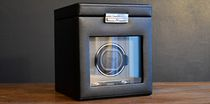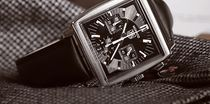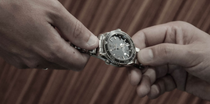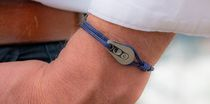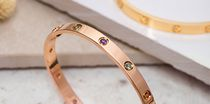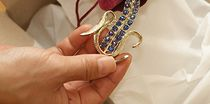Clear all filters
All our Watches watches
No products found!
Please change Your search criteria and try again. If still not finding anything relevant, please visit the Home page and try out some of our bestsellers!
The history
Man has always sought to measure the passage of time. Different measuring tools have been created over the years and by different civilisations, such as the gnomon or the sundial. More sophisticated instruments, such as the clock, then came into being. Although clocks have existed since the 13th century, it was not until the 16th century that they were miniaturised and became the first watches, around 1510. Egg-shaped, far from resembling today's watches, they were designed to be carried in the pocket. They were created by Peter Henlein, a German watchmaker from Nuremberg. Hence their nickname "Nuremberg eggs". They gradually flattened out to become gusset watches. These were the most common type of watch until the early 20th century, worn in a pocket or attached to the end of a ribbon or chain. It was not until 1904 that the first wristwatch saw the light of day, invented by the Frenchman Louis Cartier, with the creation of the famous Santos de Cartier watch.
Hand-wound, automatic and quartz watches
The first watches were powered by a hand-wound movement. Every day, the watch had to be wound using the crown to wind the mainspring (a metal ribbon that stores energy and releases it by gradually relaxing) and allow it to restart. Self-winding watches first appeared in 1778, thanks to Abrahal Louis Perrelet. These were wound by the movements of the wrist and the mechanism of a rotor that retensioned the spring, eliminating the need for manual intervention. But the great revolution that marked the world of watchmaking was the arrival of the first quartz watch in 1969, created by Seiko. This technology gave watches flawless precision.
Pre-owned watches
The second-hand luxury watch market has been booming for some years now. To get to the bottom of the second-hand market, we need to identify two types of luxury watch: vintage watches (from the 60s and 70s and even slightly later) and recent watches - known as modern watches - which are only a few months or years old and are therefore very often in excellent condition. The relationship between these two objects is quite different. But in both cases, opting for the second-hand market is a logical and profitable solution (depending on the brand and model). The rise of the second-hand luxury watch market is driven by a need, and by an ever-increasing number of specific requests from a wide variety of people from all over the world. And the reason? Collectors are no longer alone. More and more people have a passion for watches, for time-honoured expertise, for a return to their roots, to craftsmanship. And more and more people have access to them: think of the new Chinese and Russian consumers, but also all those who prefer to buy a single beautiful watch rather than several small ones; those who want access to luxury and find the occasion an excellent way of achieving it. The main advantage of using a second-hand dealer is, of course, economic. Expect discounts of between 20% and 50% off the new price. Second-hand watches all have a price tag that allows us to make accurate estimates based on demand, rarity and, of course, the new price. When you call on Cresus to buy or sell, you can be sure of benefiting from impeccable expertise and service: - Appraisal and authentication of the watch: With Cresus, you are assured of the authenticity of your watch, with certificates and invoices, essential documents that guarantee the quality of the watch. - Condition: you can buy a watch in perfect condition with a replaced strap and a cleaned and polished case; - After-sales service: which would not be covered if you were buying from a private individual; - Buying online: it's much more convenient to buy from a reputable specialist. - Cresus also offers other services, such as research assistance for rare models, trade-in insurance, etc.

